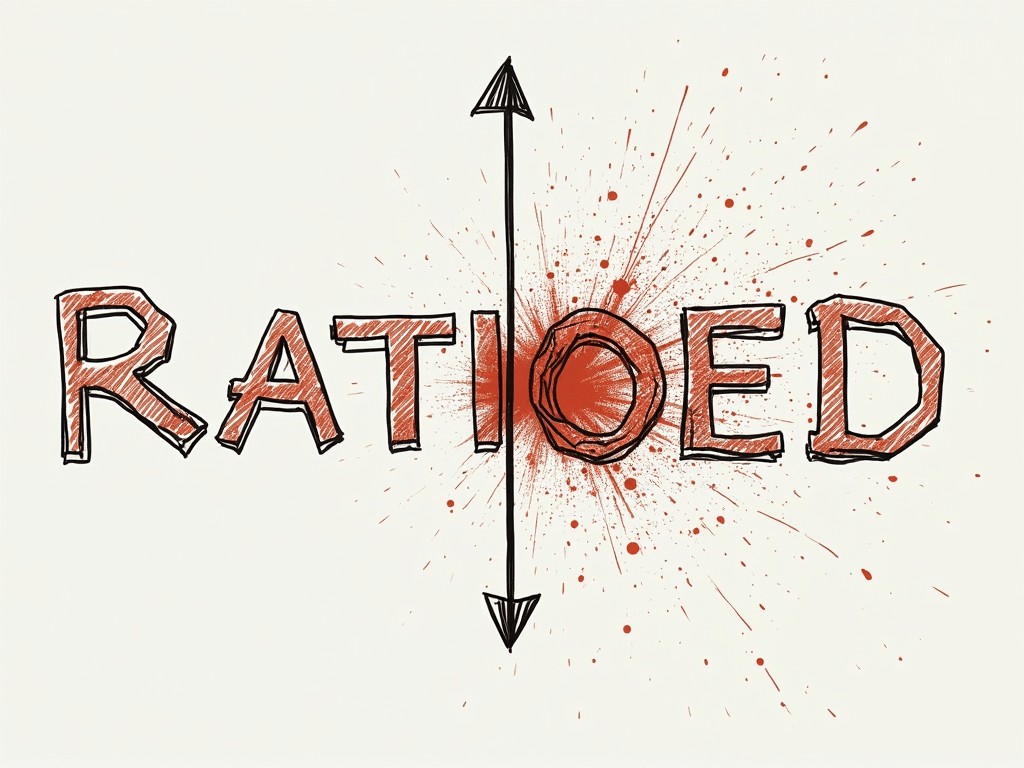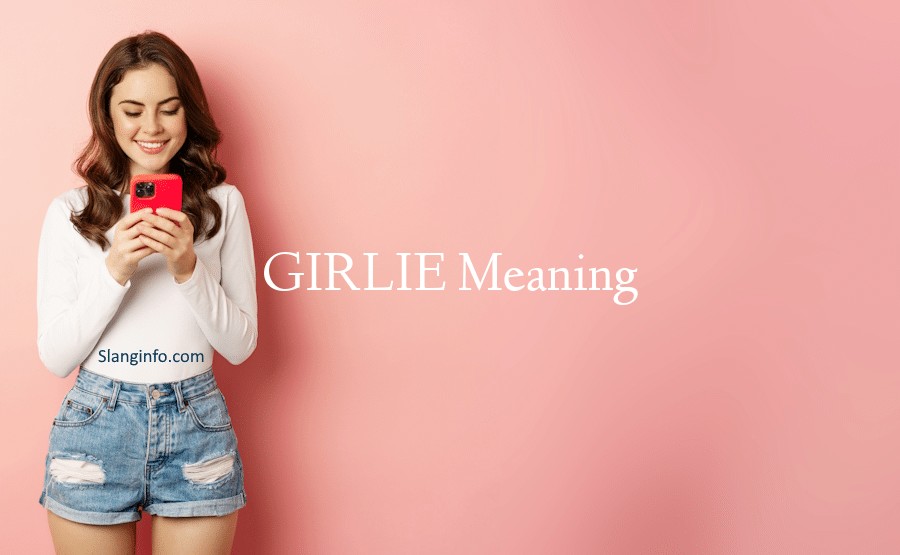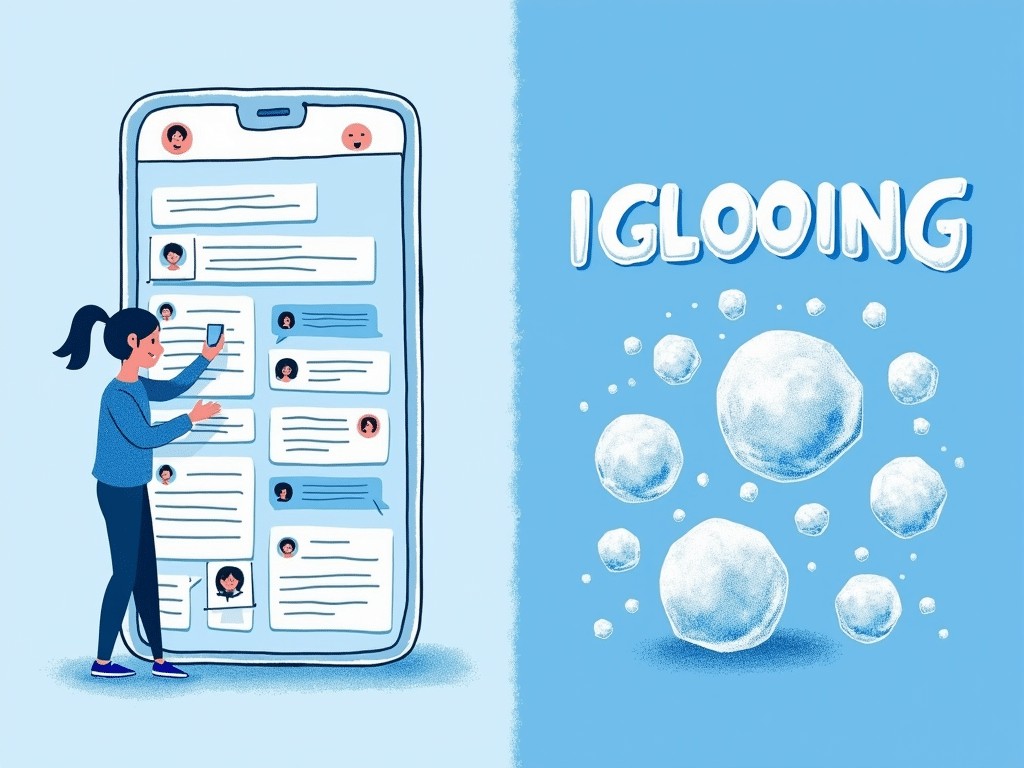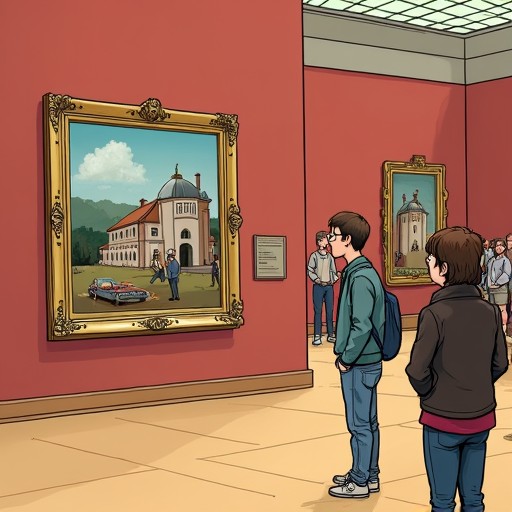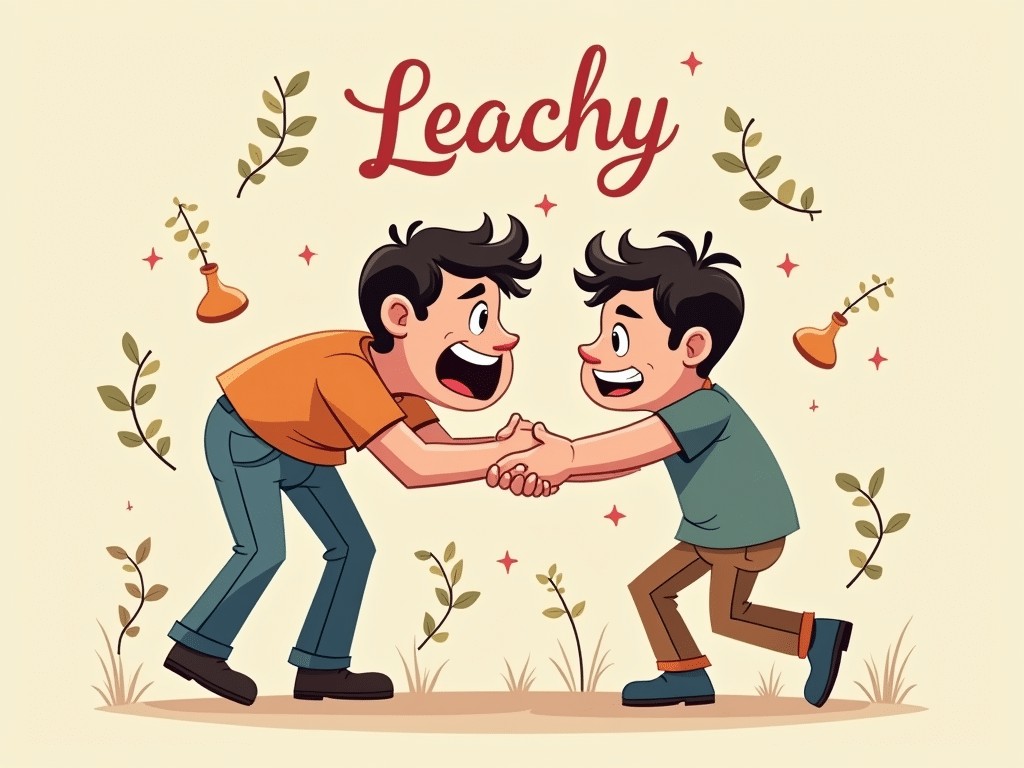Scary hours have become a fascinating concept that intrigues many, especially those interested in paranormal activities, superstitions, and the mysteries of the night. This phrase often refers to specific times during the night or early morning when eerie or unexplained occurrences are believed to be more frequent. Whether it’s the feeling of unease, strange noises, or the rise of supernatural phenomena, scary hours evoke a sense of mystery that captivates the imagination. But what exactly are scary hours, and why do they hold such allure in popular culture?
What Are Scary Hours?
In its simplest explanation, scary hours point to a period during the late night to early morning when the boundary between the natural and supernatural is thought to blur. Many cultures and traditions consider this time as the “witching hour,” typically between midnight and 3 a.m. It is said to be the time when spirits roam, supernatural activity peaks, and the world is quieter and more receptive to things beyond normal perception.
Though the precise timing can vary, scary hours often coincide with moments when the mind is most vulnerable to fear and anxiety—such as during deep sleep or just before waking. These hours have a psychological impact on individuals, making experiences feel more intense and vivid.
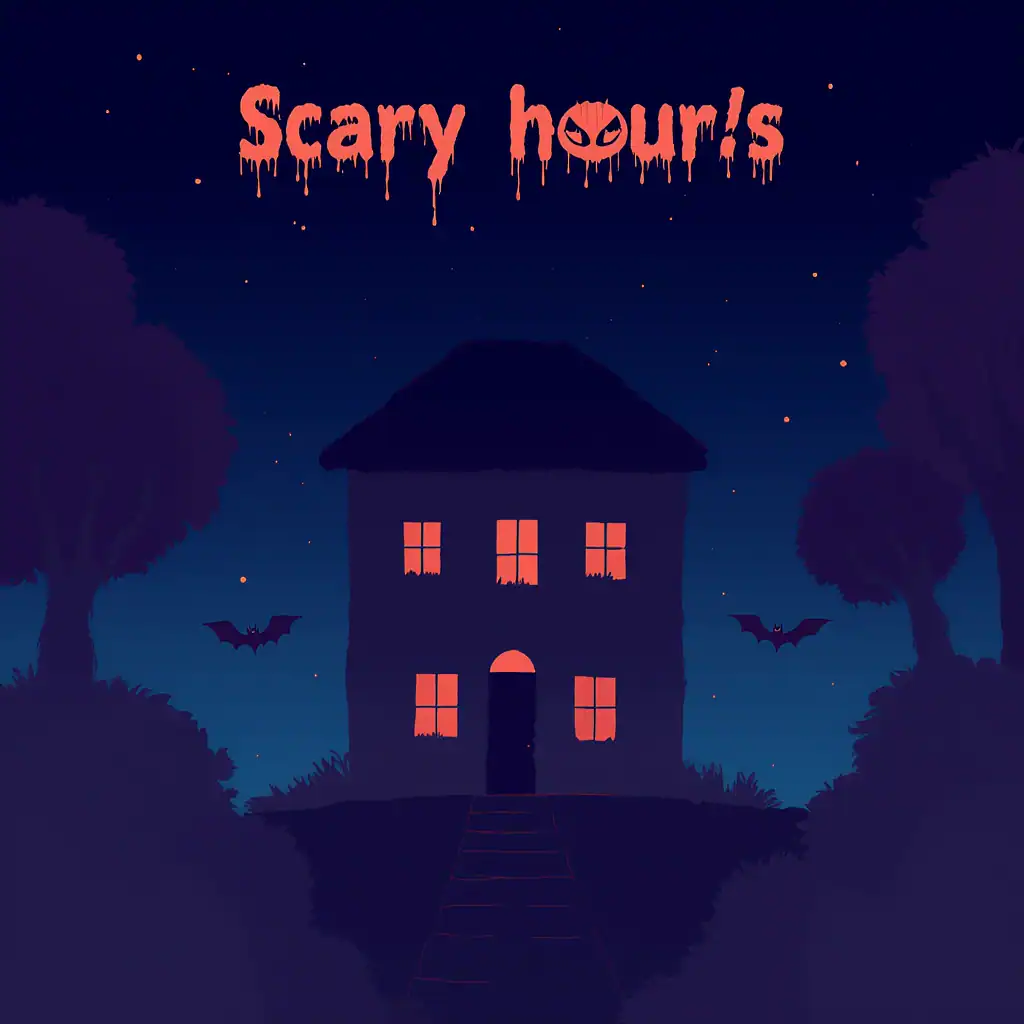
The Origins of Scary Hours in Folklore and Culture
The concept of scary hours is deeply rooted in folklore, literature, and ancient beliefs. Historically, people have been wary of the night, associating darkness with danger and the unknown. In European folklore, the witching hour was thought to be the time when witches, demons, and other dark entities gathered to perform rituals.
In many cultures, ghost stories and myths are told specifically about late-night encounters or events happening between midnight and dawn. For example, in Japanese tradition, the time around 3 a.m. is sometimes considered ominous because it is believed to be when spirits are most active.
These tales are handed down through generations, keeping the idea of scary hours alive and fueling curiosity and fear alike.
Why Do Scary Hours Affect Us Psychologically?
The psychological effects of scary hours are significant and worth exploring. During the late-night hours, the human brain undergoes several changes. The production of melatonin increases, encouraging sleep, while the mind tends to enter deeper states of relaxation or REM sleep.
However, when awake at these hours, people might feel more isolated, vulnerable, or alert to subtle stimuli like creaks and shadows. This heightened sensitivity can amplify fear responses. Additionally, the mind’s expectation that scary hours bring danger can create a self-fulfilling prophecy, making people more prone to perceive ordinary noises or sights as something supernatural or sinister.
Sleep deprivation or disruptions during scary hours also contribute to hallucinations or distorted perceptions, further intensifying the eerie feeling.
Scary Hours in Modern Media and Popular Culture
Thanks to their mysterious reputation, scary hours have become a popular theme in modern media, including films, books, and games. Horror movies often leverage these hours to heighten suspense and terror, using darkness and silence to create a perfect environment for scare tactics.
YouTube and social media influencers have also tapped into this fascination by creating content around “scary hour” challenges or overnight paranormal investigations at supposedly haunted locations. These videos attract millions of viewers, showing how the allure of scary hours continues to thrive.
In literature, the theme of scary hours helps establish mood and tone, often setting the stage for ghost stories, psychological thrillers, and fantasy narratives.
Can Understanding Scary Hours Help Reduce Fear?
While scary hours are often associated with fear and supernatural elements, understanding the reasons behind them can help lessen anxiety. Recognizing that many of the sensations experienced are natural physiological responses or products of the mind can empower individuals to face any discomfort of the night with confidence.
For those prone to nighttime fears, maintaining good sleep hygiene, avoiding caffeine or stimulating activities before bed, and creating a calming bedtime routine can reduce the negative effects associated with scary hours.
Conclusion
Scary hours hold a unique place in human consciousness, blending cultural myths, psychological phenomena, and the mystery of the night. Whether viewed as a time of supernatural activity or simply as a natural part of the sleep-wake cycle where fears are magnified, these hours continue to inspire stories, intrigue researchers, and capture imaginations worldwide. By learning more about scary hours, we not only appreciate the rich tapestry of folklore and culture but also find ways to overcome the fears that darkness can sometimes bring.

